Advance praise for Food at Sea
A scintillating smorgasbord of seafaring fare over the centuries from the Odyssey to the Titanic , featuring mouth-watering, if at times stomach-churning, briny tidbits for old salt and land-lubber alike. Simon Spalding is delectably versed in dietary arcana from galley slaves to submarine divers, poop deck to engine room. Cast-iron literary digestion is a gastric must for the authors recipes of lobscouse, dandyfunk, bilge rat, and boiled baby, washed down or thrown up with jungle juice. David Lowenthal , emeritus professor of geography, University College London
A unique book that concerns longue dure, from the earliest period of shipping until the recent, the design of ships and boats, and the ways those changes in design made for different eating habits aboard those ships. I would recommend it for anyone interested in the history of food aboard ships. Ruthi Gertwagen , University of Haifa, Israel
The authors engaging text has created an entertaining and scholarly introduction to life at sea. This book should be at home in all libraries from universities to cruise ships. Learn about, and learn how to make, lobscouse, burgoo, plum duff, dandyfunk, spotted dog, collops, and wash them down with grog, kai, or a cup of joe. Craig Lukezic , president of the Archaeological Society of Delaware; adjunct professor, Delaware State University
The story of food at sea is far more complex than the smorgasbords provided by modern cruise ships. Granted, people often take cruises for the nonstop eating possibilities and for the great variety of foods they can try. Yet the true story of food at sea is a narrative about the design, development of ships, and evolution of ships from row galleys to cruise and container ships, and how these vessels spread the culinary traditions of the world. Simon Spaldings Food at Sea reminds us that of our modern gastronomic customsand modern preferences for food such as salsa, biscotti, curry, or even lambderive in part from ships and the sea. Gene Allen Smith , professor of history at TCU in Fort Worth, Texas; author of a number of books on naval and maritime history
In his book Food at Sea: Shipboard Cuisine from Ancient to Modern Times , Simon Spalding serves up in gratifying fashion an authoritative answer to one of the most often asked question about life aboard ships: What did they eat? He gives insight not only to the food itself, but the industry, technology, and cultural developments behind the availability and choices of sea fare as they changed both ashore and in the maritime trades. Further, he traces the thread of seafaring traditions in those choices. Through wooden ships to steel ones and from salted fish and meat to the convenience of refrigeration, sailors still look for the bread barge to sate that gnawing hunger when on watch in the middle of the night. Full of information for the curious, this book is a must read for any maritime re-enactor, living historian, or anyone interpreting a maritime site. Michael J. DeCarlo , Esq., is a member of the naval living-history organization Ships Company, Inc., and portrays the ships cook on board the USS Constellation in Baltimore, Maryland, the last remaining U.S. Civil Warera all-sail sloop-of-war
Throughout history, everyone who ever set sail on a long voyage faced the problem of how to feed passengers and crew. They approached that problem with every food preservation and cooking technique at their disposal, and developed ingenious preparations in the process. Simon Spalding has written a book like no other, the first comprehensive examination of the ways that the ancient Greeks in their oared galleys and Polynesians in outrigger canoes survived on the unknown oceans, the diet of Henry VIIIs sailors facing the French, and the routines of modern cruise ship and naval chefs who cater thousands of meals on a daily basis. Though some parts of this story are less than appetizingnobody will envy the meals of a crewman in Nelsons navythis book is an absorbing read and recommended to anyone with an interest in nautical or culinary history. Richard Foss , culinary historian and author
For those who have read almost all about shipbuilding, sea battles, and navigation, now is the time to learn more about one of the most important things onboard supertankers, Viking ships, steamers, and submarinesthe food. Simon Spalding take us to the seven seas and through more than a thousand years of dry food, salt food, and bad food, as well as all the improvements to keep the crew alive, and happy, on men-of-war, East Indiamen, steamers, and submarines. It is a must have for everyone interested in the shipping history. Hans-Lennart Ohlsson , director, Swedish Maritime Museum
Food at Sea
The Food on the Go Series
as part of the Rowman & Littlefield Studies in Food and Gastronomy
General Editor: Ken Albala, Professor of History, University of the Pacific ( )
Rowman & Littlefield Executive Editor: Suzanne Staszak-Silva
( )
The Food on the Go series
The volumes in this series explore the fascinating ways people eat while getting from one place to another and the adaptations they make in terms of food choices, cutlery, and even manners. Whether it be crossing the Atlantic in grand style on a luxury steamship, wedged into an airplane seat with a tiny tray, or driving in your car with a Big Mac in hand and a soda in the cup holder, food has adapted in remarkable ways to accommodate our peripatetic habits. Eating on the go may be elegant or fast, but it differs significantly from everyday eating and these books explain why in various cultures across the globe and through history. This is the first series to systematically examine how and why mobility influences our eating habits, for better and worse.
Food on the Rails: The Golden Era of Railroad Dining , by Jeri Quinzio (2014)
Food at Sea: Shipboard Cuisine from Ancient to Modern Times , by Simon Spalding (2014)
Food in the Air and Space: The Surprising History of Food and Drink in the Skies , Richard Foss (2014)
Food at Sea
,,,,,,,,
Shipboard Cuisine from
Ancient to Modern Times
Simon Spalding
ROWMAN & LITTLEFIELD
Lanham Boulder New York London
Published by Rowman & Littlefield
A wholly owned subsidiary of The Rowman & Littlefield Publishing Group, Inc.
4501 Forbes Boulevard, Suite 200, Lanham, Maryland 20706
www.rowman.com
Unit A, Whitacre Mews, 26-34 Stannary Street, London SE11 4AB
Copyright 2015 by Rowman & Littlefield
All rights reserved . No part of this book may be reproduced in any form or by any electronic or mechanical means, including information storage and retrieval systems, without written permission from the publisher, except by a reviewer who may quote passages in a review.
British Library Cataloguing in Publication Information Available
Library of Congress Cataloging-in-Publication Data
Spalding, Simon.
Food at sea : shipboard cuisine from ancient to modern times / Simon Spalding.
pages cm
Includes bibliographical references and index.
ISBN 978-1-4422-2736-1 (cloth) ISBN 978-1-4422-2737-8 (electronic)
1. Cooking on shipsHistory. I. Title.
TX840.M7S67 2014
641.5'753dc23 2014024370
 The paper used in this publication meets the minimum requirements of American National Standard for Information SciencesPermanence of Paper for Printed Library Materials, ANSI/NISO Z39.48-1992.
The paper used in this publication meets the minimum requirements of American National Standard for Information SciencesPermanence of Paper for Printed Library Materials, ANSI/NISO Z39.48-1992.
Printed in the United States of America
To Sara Kirtland Spalding,
my in-house editor, my muse,



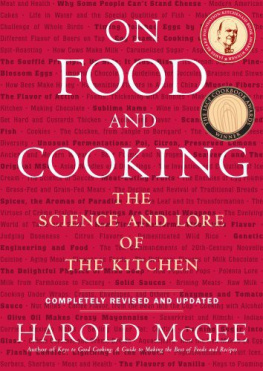
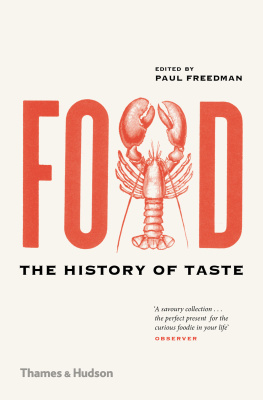
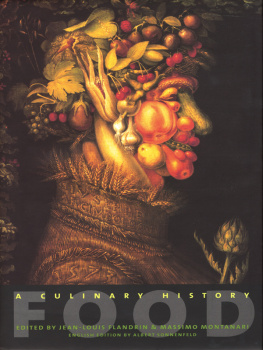
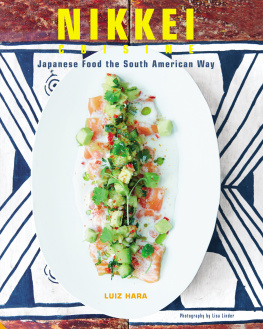
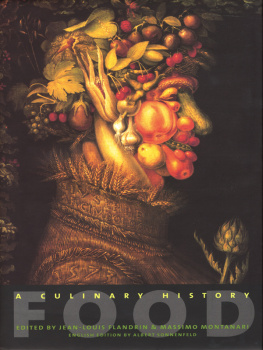

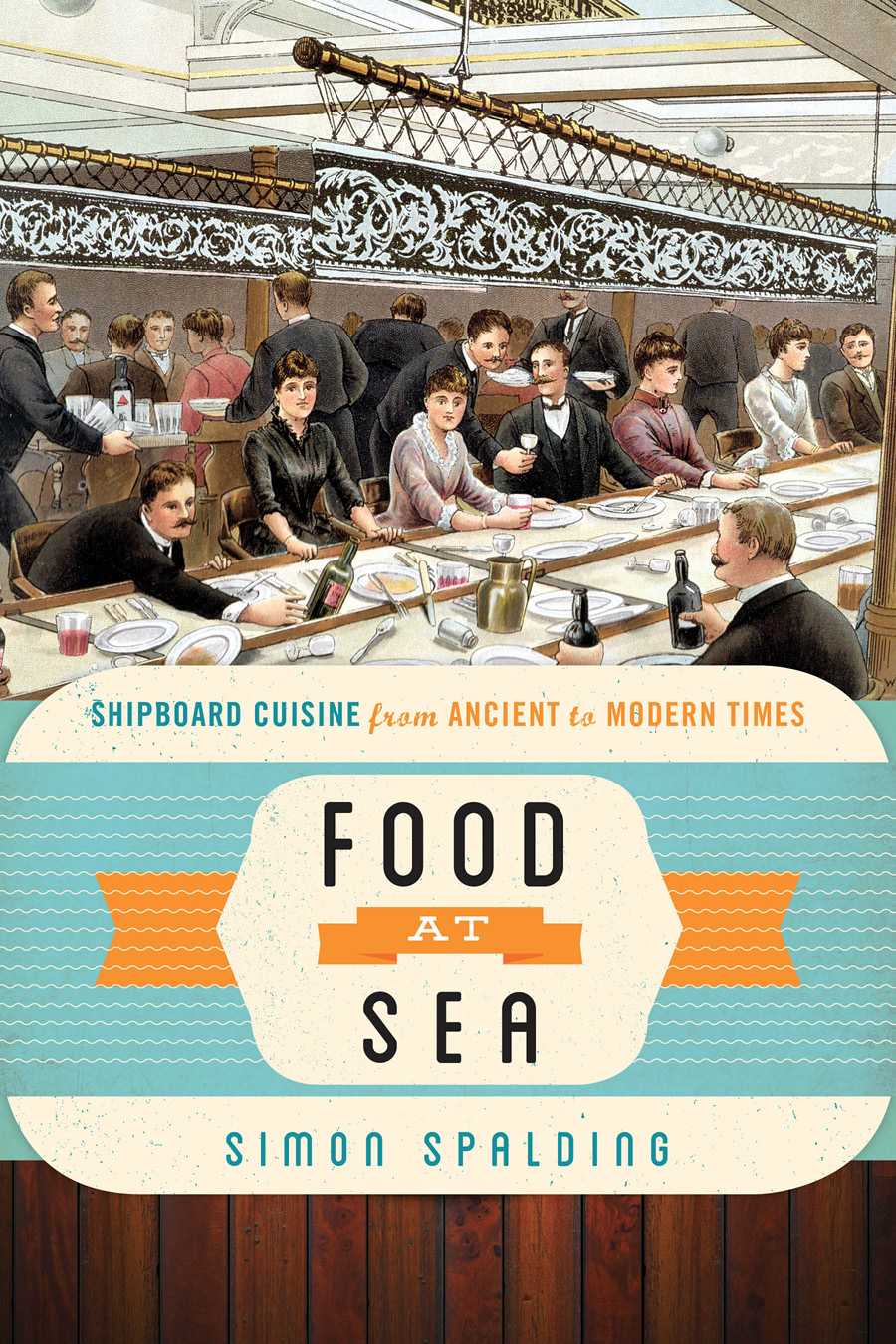
 The paper used in this publication meets the minimum requirements of American National Standard for Information SciencesPermanence of Paper for Printed Library Materials, ANSI/NISO Z39.48-1992.
The paper used in this publication meets the minimum requirements of American National Standard for Information SciencesPermanence of Paper for Printed Library Materials, ANSI/NISO Z39.48-1992.